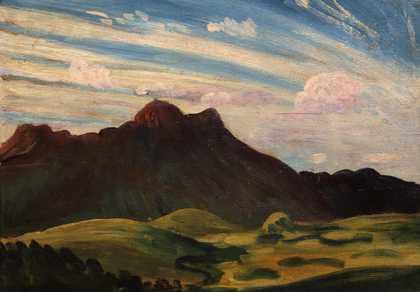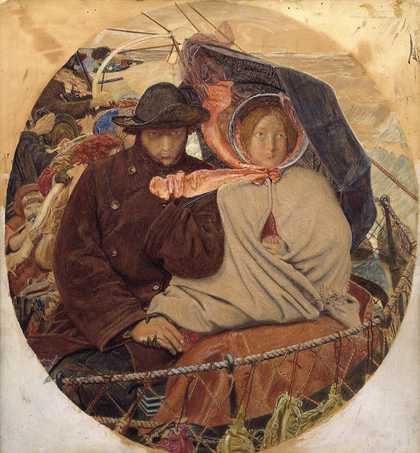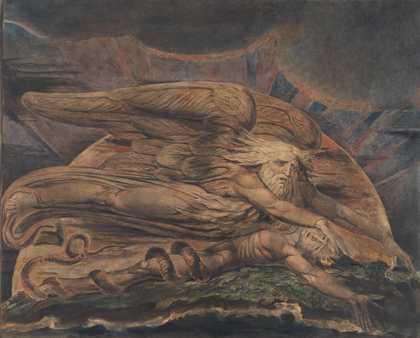1–30 November 1921
Tate
Explore the remarkable yet brief artistic journey of James Dickson Innes, a gifted painter born in 1887 in Llanelly. Although early works such as his still life at a leaving examination may not have revealed his full potential, Innes’s dedication to his craft became evident during his formative years at the Slade School from 1905 to 1908. Here, he won a scholarship and prize, and began exhibiting at the esteemed New English Art Club in 1907, positioning himself among capable followers of English Impressionism.
Innes’s early paintings reflected the influences of notable contemporaries like Philip Wilson Steer and Walter Richard Sickert, as well as subtle inspirations from the French Post-Impressionists he likely encountered in Paris. His seascapes painted at Collioure reveal traces of Charles Conder’s influence, demonstrating a developing sensibility toward color and atmosphere.
From 1908 onwards, Innes’s artistic approach evolved significantly. Moving beyond traditional Impressionism, he embraced a decorative treatment of landscape that focused on vibrant colors and a luminous atmosphere. This shift was likely encouraged by his admiration for the Cotman drawings at the British Museum, which provided him with valuable insights into formal design and color harmony. His pursuit of greater formalism marked Innes as an original voice within British art.
Tragically, Innes’s promising career was cut short by his premature death at the age of 27. Despite his brief life, his legacy endures through his luminous paintings, which continue to inspire and captivate art lovers and scholars alike. This exhibition invites visitors to witness Innes’s unique contribution to the landscape tradition and appreciate the lasting impact of his work within the broader context of early 20th-century art.
For a comprehensive exploration of James Dickson Innes’s work and life, please visit the official Tate Britain page here.



